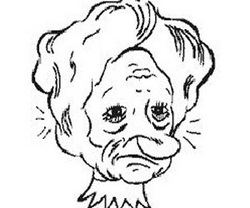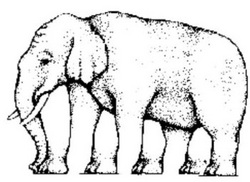Optical Illusions in Art.
optical illusions plural of op·ti·cal il·lu·sion (Noun)
1. An experience of seeming to see something that does not exist or that is other than it appears.
2. Something that deceives one's eyes and causes such an experience.
1. An experience of seeming to see something that does not exist or that is other than it appears.
2. Something that deceives one's eyes and causes such an experience.
Optical illusions are a fun way to grab a viewer's attention and keep him or here there. While optical illusions have been recognized for centuries, the 19th and 20th centuries brought a new interest to them.
Read through this webpage and learn about the different types of optical illusions in art. After you feel confident in your learning, take the test and see what you learned!
Read through this webpage and learn about the different types of optical illusions in art. After you feel confident in your learning, take the test and see what you learned!
3 types of optical illusions
-Literal optical illusions create images that are different from the objects that make them.
-Physiological illusions are the effects on the eyes and brain of excessive stimulation of a specific type (brightness, tilt, color, movement).
-Cognitive illusions are where the eye and brain make unconscious inferences. They can also be known as "mind games".
-Physiological illusions are the effects on the eyes and brain of excessive stimulation of a specific type (brightness, tilt, color, movement).
-Cognitive illusions are where the eye and brain make unconscious inferences. They can also be known as "mind games".


